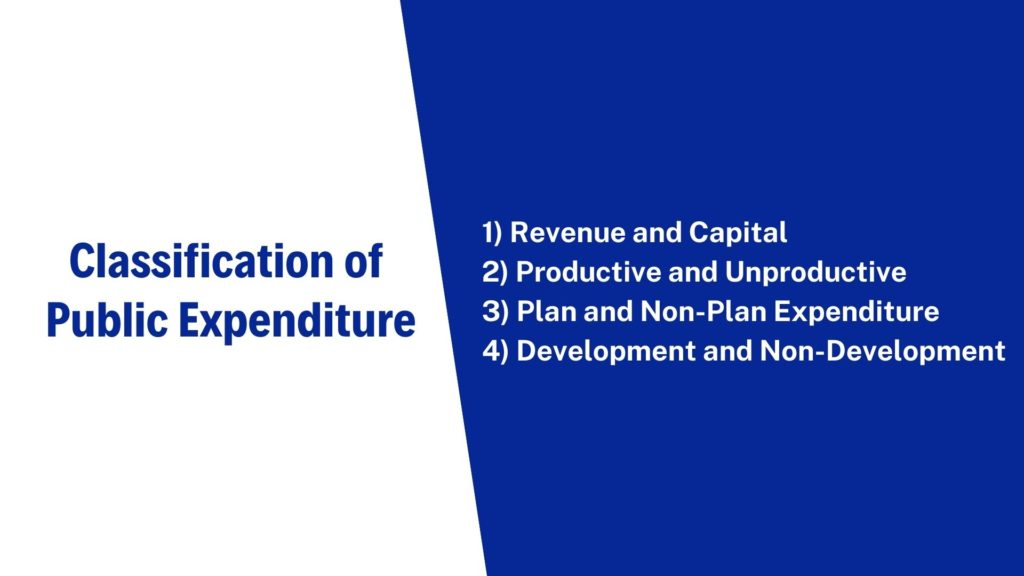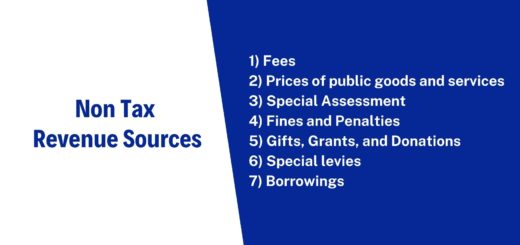Classification of Public Expenditure | Free Economic Blogs
Table of Contents
Classification of Public Expenditure

Public Expenditure
Meaning:
Public expenditure is that expenditure which is incurred by the public authority [Central, State, and Local Bodies] for the protection of their citizens, for satisfying their collective needs, and for promoting their economic and social welfare. Till the 20th century, the majority of the governments had adopted a policy of laissez-faire.
Under this policy, the functions of government were restricted to obligatory functions. But, modern governments not only perform obligatory functions such as defence and civil administration but also perform optional functions for promoting the social and economic development of their countries. Therefore, the study of public expenditure is an important part of the study of public finance.
- Microeconomic Definition | Historical Review of Microeconomics
- Scope Or Nature of Microeconomics
- Features of Microeconomics
- Importance of Microeconomics
Classification of Public Expenditure
Different economists have classified public expenditure on different bases. We shall now study some of the important classifications of public expenditure.
A) Revenue Expenditure
Revenue expenditure of the government is for incurred carrying out day-to-day functions of the government departments and various services. It is incurred regularly. For example, administration costs of the government, salaries, allowances and pensions of government employees, medical and public health services, etc.
B) Capital Expenditure
Capital expenditure of the government is expenditure for the progress and development of the country. For example, huge investments in different development projects, loans granted to the state governments and government companies, repayment of government loans, etc.
C) Developmental Expenditure
Developmental expenditure is productive in nature. The expenditure which results in the generation of employment, increase in production, price stability, etc. is known as a developmental expenditure. For example, expenditure on health, education, industrial development, social welfare, Research and Development (R & D) etc.
D) Non-Developmental Expenditure
On the other hand, that government expenditure that does not yield any direct productive impact on the country is called non-developmental expenditure. For example, administration costs, war expenditure, etc.
These are unproductive in nature.
E) Productive Expenditure
Expenditure on infrastructure development, public enterprises or development of agriculture increase productive capacity in the economy and bring income to the government through tax and non-tax revenues. Thus they are classified as a productive expenditure.
F) Unproductive Expenditure
Expenditures in the nature of consumption, such as defence, interest payments, expenditure on law and order, public administration do not create any productive asset which can bring income or returns to the government. Such expenses are classified as unproductive expenditures.
G) Plan Expenditures
Refer to the spending of the annual funds allocated by the Central government for development schemes outlined in the ongoing Five Year Plan. For example: Industrial Development, Agricultural Development, Infrastructure, Education & Health etc.
H) Non-Plan Expenditures
Include all those expenditures of the government that are not included in the ongoing Five-Year Plan. They include both development and non-development expenditure. Part of the expenditure is obligatory in nature e.g. interest payments, pensions etc. and a part is essential obligation e.g. defence and internal security.


